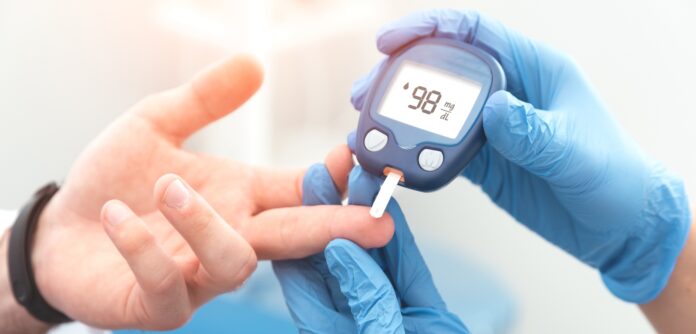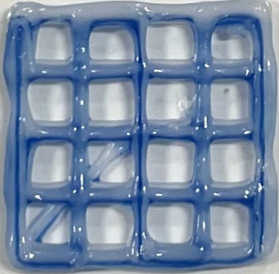Used for a variety of applications in the healthcare industry, 3D printed scaffolds are meeting the needs of treatments we do not always expect. The latest experiment in the field is presented by Researchers from Queen’s University Belfast who have designed a new 3D printed bandage that could serve in the treatment to heal diabetic foot ulcers (DFUs).
Diabetes is a lifelong condition that causes a person’s blood sugar level to become too high. It is among the top ten causes of deaths worldwide. DFUs are a serious complication of diabetes, affecting approximately 25% of diabetic patients. When identified, over 50% are already infected and over 70% of cases result in lower limb amputation.
As a strategy to manage DFUs, skin alternatives and wound dressings are successful treatments as they keep the wound environment “under control”, whilst providing bioactive compounds that help to manage infection and inflammation and promote tissue repair.
The design of the 3D printed bandage
This is a complex process that requires several combined therapeutic approaches. As a result, there is a significant clinical and economic burden associated in treating DFU. Furthermore, these treatments are often unsuccessful, commonly resulting in lower-limb amputation.
The use of drug-loaded scaffolds to treat DFUs has previously been shown to be successful by the same team. To create this new scaffold, the research team used a 3D bioprinting technique that combines, in one single filament, two different bioinks.
The new discovery combines lipid nanoparticles and hydrogels, which are used to create personalised skin-like 3D printed scaffolds. These scaffolds have the ability to release both a bulk and sustained release of antibiotic loaded molecules to treat diabetic ulcers.
This combination has been shown to greatly improve patient outcomes and has the added benefit of being a more sustainable, efficient and cost-effective method of treatment as these scaffolds in the future can be “easily” produced within the hospital setting.
This approach will also cut time for medical professionals and improve patient care, as the wound dressing can be monitored and provide the treatment needed without the need to be taken on and off repeatedly in order for the medical professionals to check the healing process.
Commenting on the importance of this study, Professor Dimitrios Lamprou, lead on the project and Chair of Biofabrication and Advanced Manufacturing from the School of Pharmacy at Queen’s University Belfast, said: “This innovative, personalised, and sustainable approach, provides the healing needed for the diabetic foot ulcers, to avoid any complications, and enables doctors to monitor the healing constantly. This avoids needing to remove dressing constantly, which can provoke infection and delay the healing process. Medical professionals also do not need to change the drug dosage as this double release, supports that need.”
With these promising initial antibacterial results, Dr Matthew Wylie, Lecturer from the School of Pharmacy at Queen’s University Belfast and responsible for the in vitro antibacterial activity evaluation of these novel bandages, remains hopeful: “Improved wound management will not only enhance patient quality of life but could reduce the need for traditional antibiotic therapy, a key aim in the fight against antimicrobial resistance development.”
Remember, you can post free of charge job opportunities in the AM Industry on 3D ADEPT Media or look for a job via our job board. Make sure to follow us on our social networks and subscribe to our weekly newsletter : Facebook, Twitter, LinkedIn & Instagram ! If you want to be featured in the next issue of our digital magazine or if you hear a story that needs to be heard, make surd e to send it to contact@3dadept.com







